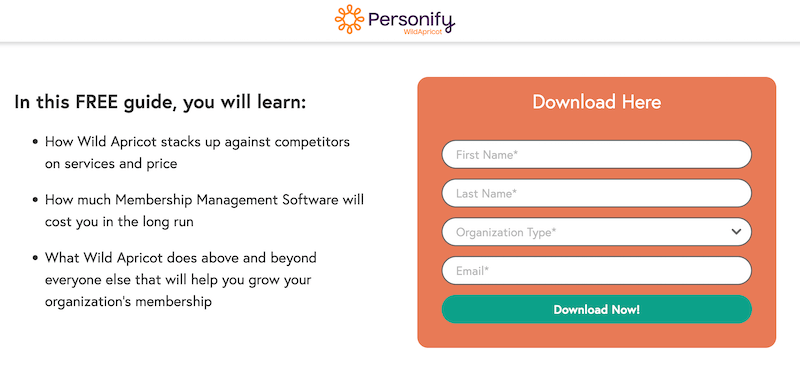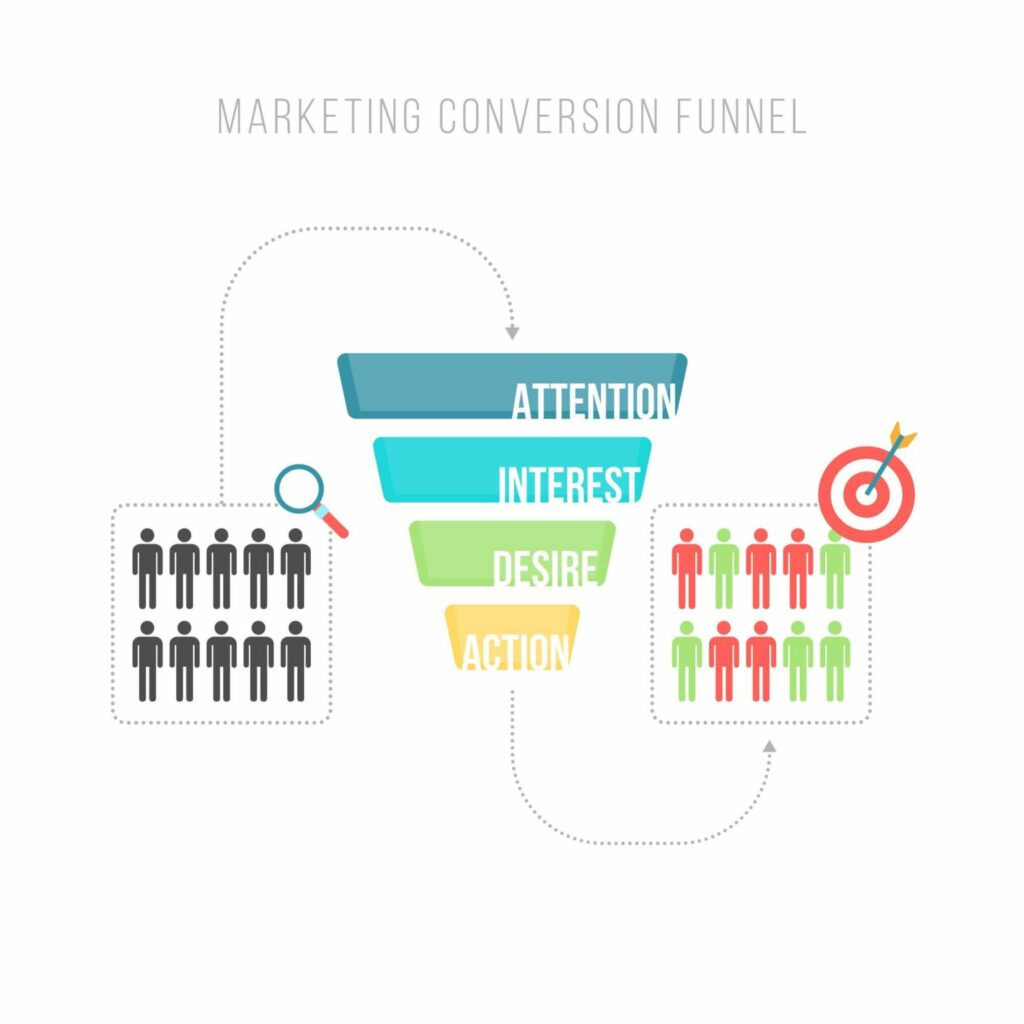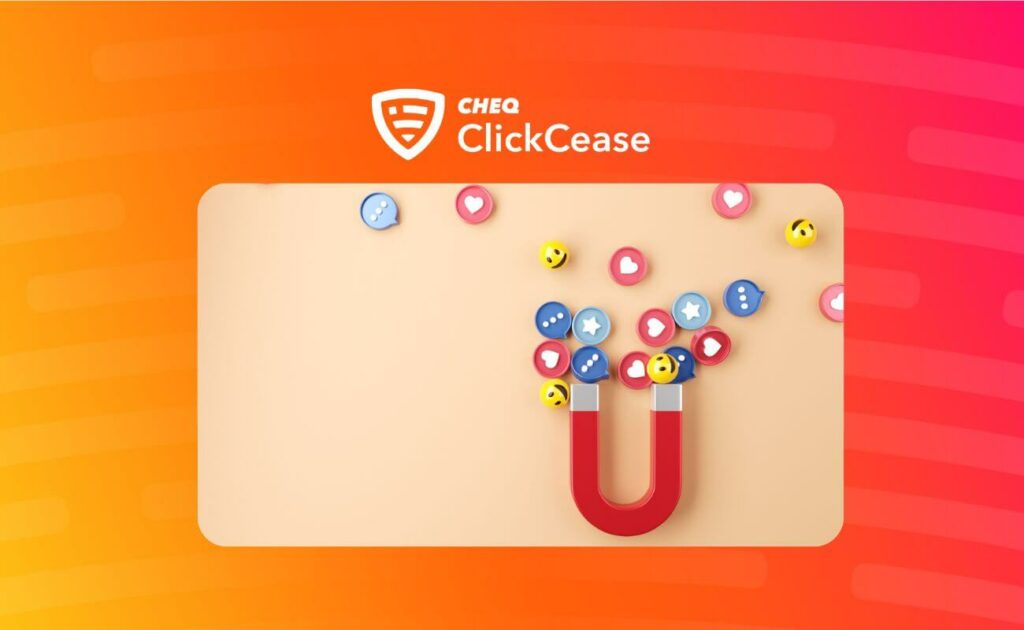In the world of marketing, one tool has shown it’s worth again and again: the lead magnet. In fact, lead magnet marketing is such a powerful tool that there are countless tools dedicated to building, optimizing, and analyzing your lead magnet campaigns.
We’re going to look at the world of inbound marketing, or lead generation, plus some examples of what makes a good lead magnet.
What is a lead magnet?
A lead magnet is any product designed to attract potential customers, usually for free, with the end goal of collecting contact details – or leads. This form of content is often referred to as ‘gated content’.
What this means is that the customer needs to provide their details to ‘open the gate’, rather than the content simply being available at the end of a search engine click.
With online lead magnets, the details being collected are usually email addresses or contact phone numbers.
Using this form of content focused marketing is usually referred to as inbound marketing. The reason being that your customers show a genuine interest and find you, rather than the old method of doorstep salesmen, cold calling from call centers or pushy sales techniques.
Despite the techy buzzword name, lead magnets have been around in some shape or form since the dawn of modern marketing.
A modern lead magnet will most likely be a downloadable document such as a free ebook, usually in a PDF format. However, lead magnets can also come in the form of webinars, software downloads, free trials, discounts or prize draws.
If you can think of something to give away for free in exchange for contact details then you’ve got yourself a lead magnet.

Do lead magnets work?
Oh yes! And the reason is that, in general, your target customer has already expressed an interest in your service. Once they have downloaded your lead magnet, the customer effectively enters the top of your marketing funnel, and from then on it’s down to your ongoing marketing efforts (and sales team too) to close the deal.
Looking at the facts:
- Multiple studies of lead magnets have found that around half of all marketers report higher conversion rates.
- Around half again state that online forms, or inbound marketing channels, are their best performing marketing tool. (source)
- 70% of customers prefer content over advertising to help learn about a business offer. (source)
It’s no coincidence that the rise of inbound marketing has seen the slow demise of the cold call, or cold outreach form of sales.
If you reflect on your own experiences in the past few years, how many times have you willingly engaged with a direct marketer?
Compare that with the amount of gated content that you’ve downloaded in exchange for your email address, and it’s probably a safe bet that lead magnets have the advantage.
How to use lead magnets
The entire point in a lead magnet is the offering of something of high value, or perceived high value, for free.
One common tactic is the ‘sign up for our newsletter’ pop-up. However, not everyone wants yet another newsletter spamming up their email. In fact, the majority of web users have over 50 unread emails in the inbox at any one time.
That said, the lead magnet is your portal to the customers inbox – so how you get there does have a bearing on how likely they are to open your email in future.
The most popular lead magnets are:
- Downloadable ebooks, guides or white papers
- Vouchers, discounts or coupons
- Webinar sign-ups
- Free trials
- Freemium products (free product with reduced offering and more value unlocked with subscription)
- Free templates (such as spreadsheets or landing pages)
- Product samples
- Pre-launch signups
Of course, this isn’t an exhaustive list and you’ll likely be able to think of more ways that you could hook your potential customer with a free product.
And the word free is operative here.
Even in our slightly jaded digital age, we all love a freebie, especially if we think it might help us to get something for less, or to improve our understanding or position in our job.
The best lead magnets offer something useful, or perceived high value.
10% off that $500 handbag?
A free coffee with your next purchase?
One week to check out that high quality software product?
But they can also be useful on their own. For example: a free guide to buying your first house, or your company’s annual report featuring statistics from your industry.
Your guide to building an inbound marketing strategy
OK – you get the idea. So how can you build a great lead magnet and start to build that huge list of qualified leads?
1. Define your audience
If you want to generate a seemingly endless flow of leads, you’ll need to define your target audience. But you knew that already, right?
We’ve looked at audience targeting in detail before. But, to summarize:
Identify who buys your product.
What are they looking for?
What are their pain points?
And how can you solve their problems?
By defining your audience, you can also start to understand the next point.

2. What content do your audience want?
Statistics show that between 51% to 85% of consumers will research a product or service online to find the best deal before they spend a penny. Whatever the actual number, the truth is people search online before they commit.
By understanding what your audience is looking for, you can offer them that free guide, sample, or another form of perfect lead magnet to get them familiar with your brand.
Finding lead magnet ideas will often come from your general keyword research, the same research you’re using for your general content strategy.
But the idea is to take some of that high value content, perhaps your content pillar, and make that into a downloadable resource – gated of course.
For the right lead magnet, your potential customers will be happy to give you their contact details.
3. Understand the customer journey from prospect to sale
The entire point of a lead magnet is that you want to take your customer from legitimate interest to paying customer – hopefully a repeat customer. In the majority of cases, this doesn’t happen at step one.
So, what part does your lead magnet play in your overall inbound marketing strategy?
What is the next step? And how can you take them from the top of the funnel to the bottom of the funnel and then keep them coming back for more?
Again, this is part of identifying your target customer and their needs.
Every business is different, so there is no template you can take here. But as a general guideline.
- Customer finds your free sample (lead magnet)
- You now have their email, so you ask them how did they enjoy their free sample?
- At this stage, you may even direct them to like your social media pages or to take advantage of a limited-time offer just for them
- With their email you can now target them using remarketing on Google Ads or Facebook Ads (for example)
- They will also be copied in to your entirely useful (and not spammy in the slightest) newsletter offering the best deals on your service
- Your sales team may even reach out to them by phone to ask them about their experience and maybe even encourage them to try your paid service
- Repeat until conversion
Now this is a very basic outline but one that is very much a standard marketing funnel for many businesses, both B2C and B2B.

4. Lead magnet strategy
To follow on from the last point, how often do you need to create a lead magnet to be visible to your target audience?
Is a simple discount coupon going to remain evergreen? Do you also need to release a steady drip of free guides, downloadable templates or regular webinars?
And, when you do release a lead magnet, what is the engagement like? Is it all hands on deck for one day and then crickets? Or does it take a week or so to fire up?
Understanding how engagement with your lead magnets works will inform your strategy – so factor this in.
Your lead magnet strategy will also tie into your broader content marketing strategy. For example, you will need to create regular blog posts pointing to your core lead magnet offerings. Eventually organic search traffic should be your number one referral source.
And of course, you can drive traffic to that great lead magnet with social media posts – because you have a great social media strategy too, right?
5. Organic or paid?
Building your amazing lead magnet is one thing. But how are you going to drive traffic to it and bring in that flood of prospective leads?
This is where you’ll need to consider the strength of your domain, your email list, and your budget.
Let’s assume you’re operating a relatively bootstrapped startup. Your site isn’t quite dominating the organic search rankings yet, and you’re aiming to establish your brand in the public eye.
Most likely you’re going to be offering your lead magnet, and considering paying for some advertising to get it seen.
A common method here is using Facebook Ads to promote your great discount or free trial. This offers a more visual way of attracting more leads with a paid strategy.
However, you may also want to pair this with an organic strategy. In this case it will be useful to create landing pages for both paid and organic, or at least segment the referral URLs so you know where your traffic is coming from.
If you have a decent email list at this point then you will definitely want to harness the power of your email marketing too.
So to answer the question: organic or paid?

Organic is always always the preferred option for digital marketing professionals. After all, free traffic is best, right?
In fact, 61% of marketers say that one of the main goals for their inbound marketing is to also improve their organic presence. (source)
But when trying to build up some steam, or get eyes on your site, you will most likely be using some form of paid advertising.
6. Build your lead magnet(s)
After all that planning and strategy, you just need to put the thing together!
Of course, building your great lead magnet will depend on what you’re building.
But one thing you will definitely need to do is to use a platform that allows you to guard access to your content and collect those precious contact details. One of the most popular ways of doing this is using Hubspot, who offer the most comprehensive tool for collecting prospects’ contact information.
But you don’t have to rely on Hubspot, there are plenty of great tools to use. Try also GetResponse, ClickyDrip or WPForms for WordPress.
These tools all allow for you to create key elements of the inbound marketing process, such as signup flows, landing pages, and putting the email sign up in place to allow you to collect leads.
Your landing page will also be a key part of your lead magnet strategy, so bear this in mind.
Take a look at our guide on how to create a high converting landing page for more info.
Paid marketing challenges
Once it comes to using paid advertising such as Google Ads or Facebook Ads, you are faced with a whole other set of challenges. Targeting the best keywords, segmenting your audience and targeting the right demographic, not to mention avoiding click fraud.
We’ve looked in depth at the world of paid marketing right here on the ClickCease blog, so check out some of our expert content to help you get advertising effectively.
Examples of lead magnets
If you’re wondering about how to build a really effective lead magnet, we’ve put together some of our favorite. Each of these companies have mastered the art of attracting MQL’s with inbound marketing.
Fixflo
This London based proptech software service has built up a reputation for their top quality ebooks and downloadable content. Offering everything from ebooks and document templates to webinars and case studies, all gated, Fixflo have become a repository of top quality information for landlords and British real estate professionals.

Hubspot
It’s no surprise that one of the leading companies that specialise in lead magnet automation also have some of the best lead magnet examples. Hubspot offer free access to top quality and industry recognised resources such as templates, guides, courses and certifications. They even offer a free inbound marketing course which is, of course, gated and excellent.
Chances are you have come across some of their content in your marketing research, and possibly you’ve even used it. But if you’re looking for some of the best lead magnet examples, look no further.

Vanti
This specialist company focuses on AI in manufacturing and supply chains. In contrast to the companies listed above, they provide a lot of content ungated, including podcasts, webinars and their blogs. But, they keep their core content, guides and ebooks, as lead magnets.
Being such a niche subject, it’s most likely that prospective customers will engage with their free content and then commit to downloading the full guide once they’re hooked in. This acts as a good way to filter out browsers, and means you’re getting the contact details of genuine potential leads.

The Remote Hive
Looking at a much smaller company, The Remote Hive is a resource for that very modern thing the remote worker. As a consultancy for people searching for remote work, the site offers a number of free blog posts and a number of useful resources – but everything points to generating leads for the site with the ‘free coaching’ signup.
The freemium model is one of the most popular forms of lead magnet – after all we all love a freebie. These free consultations are obviously a great way to build up a list of potential customers and also offer immense value to the subscriber.

This is just a small cross section of the lead magnets being used today. But in your daily internet use, keep an eye out for other lead capture forms, freemium sign up opportunities and gated resources.
Protecting your marketing funnels
When you go to all the effort of creating a great lead magnet, or building a content and online marketing strategy, you want it to be as effective as possible. The last thing you want is to have your paid marketing zapped by fraud, or your marketing analytics skewed by fake traffic.
Marketers are increasingly aware that they need to protect their marketing efforts, especially PPC ads.
For paid marketing, ClickCease stops bots and other forms of fake traffic clicking your ads. As click fraud accounts for between 15-20% of clicks on paid ads, this can make a huge difference to your lead generating – ensuring only genuine human website visitors interact with your content.
And our new Bot Zapping tool is designed to make sure your WordPress website visitors are human – blocking common forms of fraud such as spam, content scraping, brute force attacks and more.
If you run any form of paid advertising on Facebook Ads, Google Ads or Bing/Microsoft Ads, run a free traffic audit with ClickCease.
